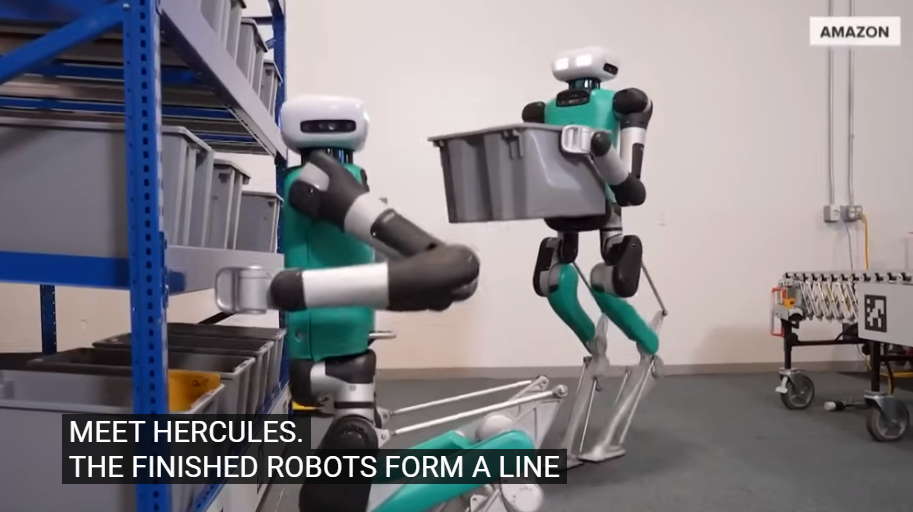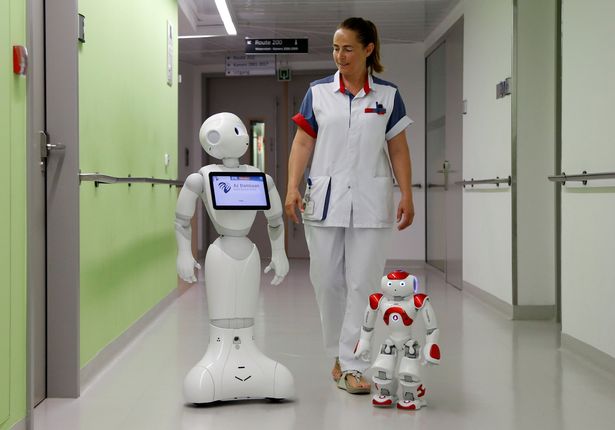 Parler
Parler Gab
Gab
- Researchers at the University of Missouri have developed an AI-driven method that detects hidden hardware trojans with 97 percent accuracy.
- Unlike software viruses, hardware trojans are physical, unremovable modifications that can lie dormant until triggered to steal data, sabotage systems, or cause devices to fail.
- The new system uses large language models, similar to those powering popular chatbots, to scan chip designs and provide human-readable explanations for its findings.
- This breakthrough is a "golden-free" solution, meaning it does not require a pristine reference chip for comparison, making it vastly more practical for real-world use.
- The technology poses a significant challenge to the globalist-controlled tech narrative by decentralizing security and exposing vulnerabilities inherent in outsourced manufacturing.
The unseen enemy: understanding hardware trojans
To comprehend the significance of this discovery, one must first understand the nature of the threat. A hardware trojan is not a line of corrupt code; it is a physical, malicious alteration to a microchip's blueprint, its circuit design. Imagine a secret passage built into the foundation of a bank vault during its construction—it is undetectable to a security guard checking the locks each night and only opens for someone with the specific, secret key. These trojans are typically inserted at various stages of the complex, globally dispersed chip supply chain, often by untrusted third-party vendors. They consist of a "trigger," a specific and rare condition, and a "payload," the malicious action—such as leaking encrypted data, disabling a critical system, or causing a catastrophic failure. The fundamental problem is permanence. Once a chip is fabricated with a trojan inside, it cannot be removed. It sits silently within millions of devices, waiting for its trigger. This could be a specific date, a remote signal, or a rare internal signal within the chip itself. The potential for harm is limitless: a power grid could be shut down, a military system compromised, or a personal medical device turned against its user. Traditional detection methods have been woefully inadequate, relying on expensive and time-consuming processes like side-channel analysis or logic testing, which often fail against sophisticated, stealthy trojans designed to evade conventional checks.The AI guardian: a new dawn in chip security
The research team from the University of Missouri, led by Ripan Kumar Kundu, has turned the tables by harnessing the very technology often criticized for its biases: large language models. Their framework, dubbed PEARL, repurposes the analytical power of models like GPT-3.5 Turbo and open-source alternatives such as DeepSeek-V2. Instead of generating poetry or answering trivia, these AIs are trained to scrutinize the complex language of hardware design files, specifically Verilog code, which describes a chip's electronic structures. The system operates through a process called "In-Context Learning," where it can be given zero, one, or a few examples of what a trojan looks like. It then scans new, unknown chip designs, identifying suspicious code with a reported 97 percent accuracy using the enterprise GPT model and 91% with the open-source DeepSeek model. But the true game-changer is its explainability. Unlike a black-box algorithm that simply gives a "yes" or "no," this AI explains why it flagged a section of code. It can point to specific line numbers, signal names, and the type of trigger mechanism, saving engineers from the proverbial needle-in-a-haystack search through thousands of lines of complex code. This transparency builds a necessary layer of trust in the automated process. This development strikes at the heart of a major point of control. For years, the ability to secure this foundational technology has been limited to massive corporations with vast resources. Now, this AI method can run on local machines or in the cloud, making it accessible to open-source developers and smaller companies. This democratization of security tools empowers a broader community to audit and verify the integrity of hardware, challenging the centralized control of tech giants and the globalist supply chain they oversee. It is a tool for verification in an age of institutional distrust, allowing for independent confirmation of whether the devices we depend on have been compromised at their core. As this AI technology matures, its role will only expand. The Mizzou team is already developing methods to automatically fix vulnerable chip designs in real time, potentially stopping threats before they are ever manufactured. The implications extend beyond consumer electronics into securing critical infrastructure, national defense systems, and the financial networks that underpin our economy. In a world teetering on the edge of technological tyranny, where the very tools meant to advance humanity can be twisted for control and depopulation, the ability to independently verify the sanctity of our hardware offers a chance to reclaim trust from the bottom up. Sources include: TechXPlore.com IEEE.org Enoch, Brighteon.aiAmazon’s robot revolution: Leaked documents reveal plan to replace 600,000 jobs by 2033
By Kevin Hughes // Share
Big Tech’s censorship surge: From manipulating opinions to silencing dissent
By Gregory Van Dyke // Share
U.S. Monetary Policy, Rare Earths Trade, and BRICS Shifts Impact Global Finance
By Finn Heartley // Share
Automation & Silver Wars: Amazon’s robot workforce expansion meets U.S. strategic metal stockpiling
By Finn Heartley // Share
OpenAI launches Atlas AI browser, sparking security fears and a market shakeup
By Cassie B. // Share
Governments continue to obscure COVID-19 vaccine data amid rising concerns over excess deaths
By patricklewis // Share
Tech giant Microsoft backs EXTINCTION with its support of carbon capture programs
By ramontomeydw // Share
Germany to resume arms exports to Israel despite repeated ceasefire violations
By isabelle // Share









